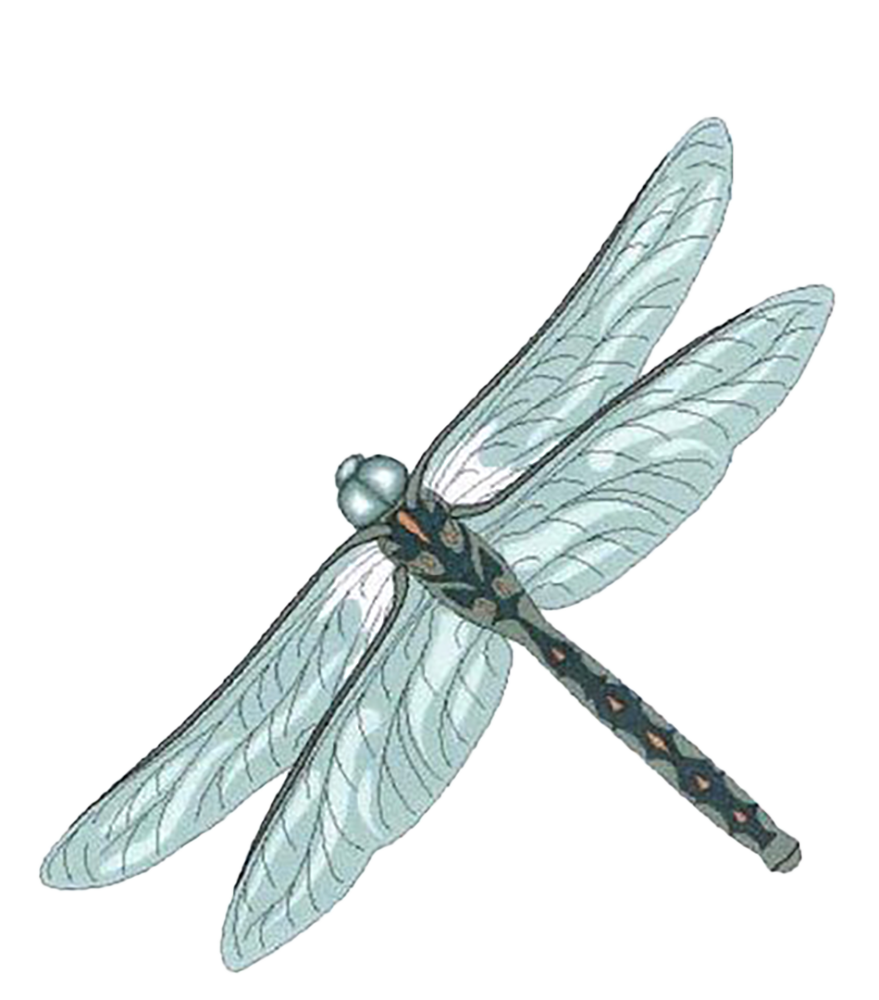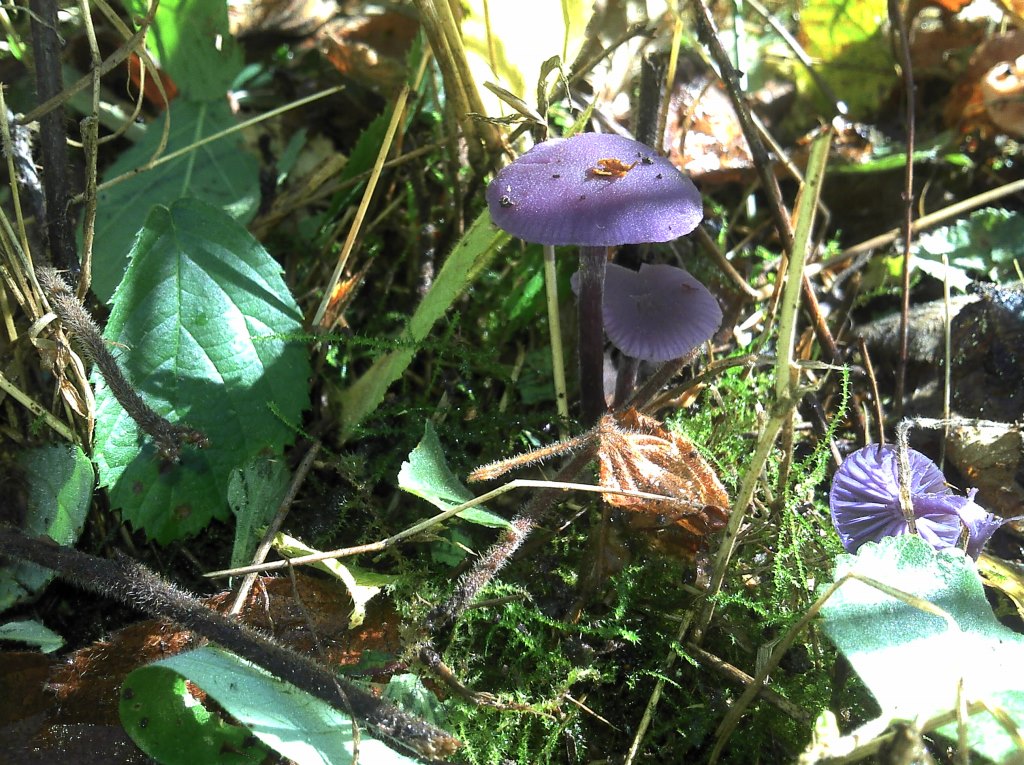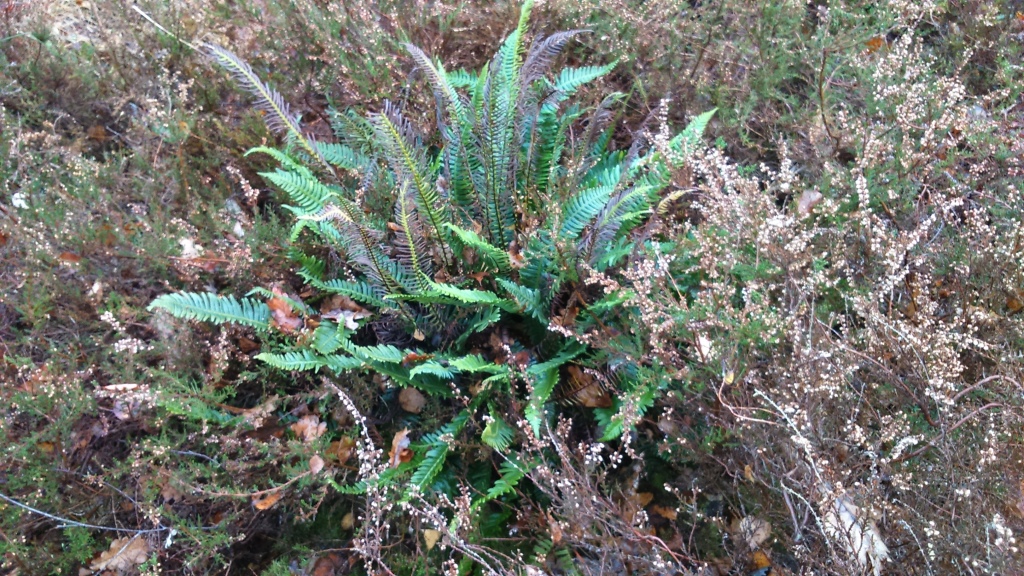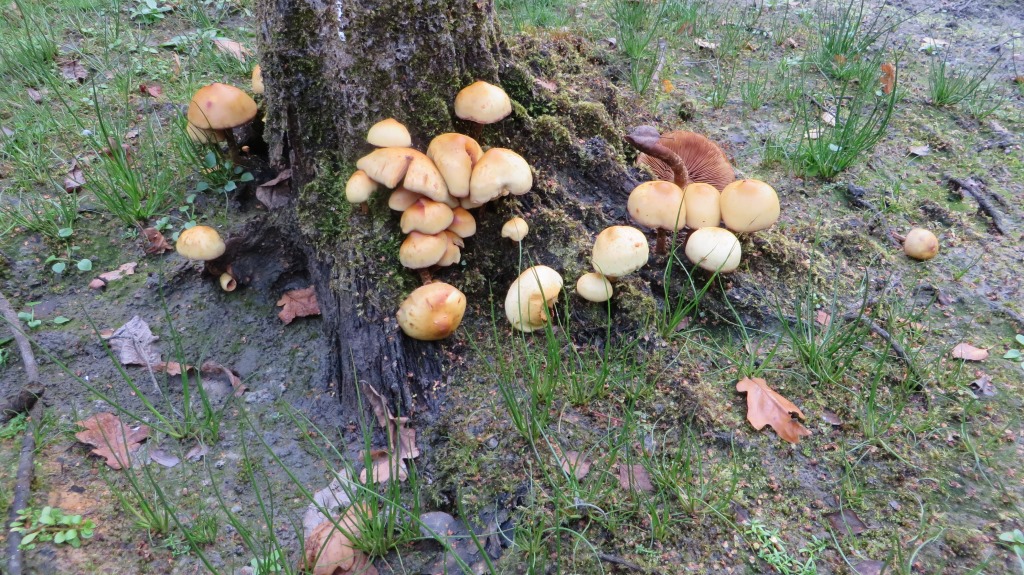Wildlife on the Commons
The Nettlebed Commons is made up of a patchwork of habitats from beautiful ponds through heathland, aincent woodland, coppice and acid wetlands. Each of these areas contains their own individual feel and variety of plants and wildlife. Some areas on the Nettlebed commons contain plants and fungi so rare that they exist nowhere else in Oxfordshire.
Some of the habitats, where they can be found, and some of the species that they support are listed below:
Secondary woodland
Where – Nettlebed Common, Peppard Common, Kingwood Common
What – Young woodland that has grown up from scrub and formerly open land is known as secondary woodland. It is characterised by young, thin trees with birch often the dominant species. Trees tend to grow closer together than in ancient woodland.
Species:
Trees – Birch, Aspen
Plants – Bramble, Holly
Heathland
Where – Nettlebed Common, Peppard Common, Kingwood Common
What – Heathland occurs on poor quality, acidic soils. Heathland can be classified as dry or wet heath; the majority of heathland on the commons is dry although some wet heath does exist on Nettlebed Common.
Species:
Plants – Bell heather, Ling heather, Cross-leaved Heath, Gorse, Tormentil,
and Heath bedstraw.
Reptiles – Common lizard, Slow worms and Grass snakes
Ponds
Where – Nettlebed Common, Kingwood Common, Highmoor Common
What – Old clay pits and quarries on Nettlebed Common have now become a vast network of woodland ponds. Some of the ponds are not filled with water throughout the year providing a different habitat to those, e.g. Sea Pond, which are wet throughout the year.
Species:
Amphibians – Great-crested newt, Common toad, Common frog, Smooth newt and Palmate newt
Plants – Sphagnum moss, rushes and Lesser spearwort
Invertebrates – Emperor dragonfly, damselflies
Ancient beech woodland
Where – Nettlebed Common, Lower Common Wood, Oxlands Bottom, Witheridge Hill Common and Highmoor Common Wood.
What – The description ‘ancient woodland’ refers to woodland that is at least 400 years old. The ages of trees and the presence of certain species of plant (known as ancient woodland indicator species) can be used to estimate the ages of woodlands. Some areas of Beech coppice (woodland that was regularly cut on an approximately 10 - 15 year cycle for firewood and poles) are thought to date back many hundreds of years and are still identifiable even though they fell our of the regular coppice cycle many decades or even centuries ago.
Species:
Trees - Beech, Oak, Cherry and Hornbeam
Plants – Bluebells, Wood anemone, Sanicle and Wood sorrel
“The Nettlebed Commons contain some of the most important wildlife habitats in Oxfordshire .”









